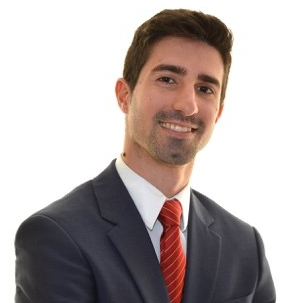The Elderly Patient: New Perspectives and Therapeutic Options in Clinical Dentistry
A special issue of Prosthesis (ISSN 2673-1592).
Deadline for manuscript submissions: closed (31 January 2023) | Viewed by 21083
Special Issue Editors
Interests: dental prosthesis; dental materials; gnatology and TMD
Interests: dental prosthesis; dental materials; implantology; restorative dentistry
Interests: dental prosthesis; dental materials; gnatology and TMD
Special Issue Information
Dear Colleagues,
In this Special Issue, we aim to provide a global overview of the new technologies, therapeutic approaches and advances relatively to the rehabilitation of elderly patients, underlining the aspects of all innovative solutions. Nowadays, the elderly individual is becoming the most common patient in clinical practice due to the increasing average life span. Furthermore, the current elderly patient usually has an active social life and also high expectations. However, sometimes they cannot afford some types of treatment because of their limited financial resources. Then, in this issue, we want to highlight the new different strategies of treatment for elderly patients in relation to these factors, providing new advances in the field of prosthesis.
Prof. Dr. Santo Catapano
Dr. Luca Ortensi
Dr. Nicola Mobilio
Dr. Francesco Grande
Guest Editors
Manuscript Submission Information
Manuscripts should be submitted online at www.mdpi.com by registering and logging in to this website. Once you are registered, click here to go to the submission form. Manuscripts can be submitted until the deadline. All submissions that pass pre-check are peer-reviewed. Accepted papers will be published continuously in the journal (as soon as accepted) and will be listed together on the special issue website. Research articles, review articles as well as short communications are invited. For planned papers, a title and short abstract (about 100 words) can be sent to the Editorial Office for announcement on this website.
Submitted manuscripts should not have been published previously, nor be under consideration for publication elsewhere (except conference proceedings papers). All manuscripts are thoroughly refereed through a single-blind peer-review process. A guide for authors and other relevant information for submission of manuscripts is available on the Instructions for Authors page. Prosthesis is an international peer-reviewed open access semimonthly journal published by MDPI.
Please visit the Instructions for Authors page before submitting a manuscript. The Article Processing Charge (APC) for publication in this open access journal is 1600 CHF (Swiss Francs). Submitted papers should be well formatted and use good English. Authors may use MDPI's English editing service prior to publication or during author revisions.
Keywords
- prosthesis
- elderly patient
- digital prosthetic planning
- treatment strategies








